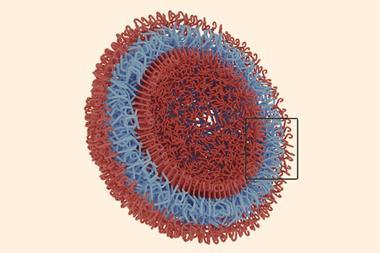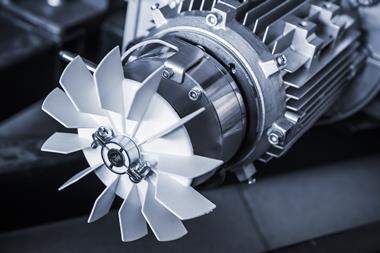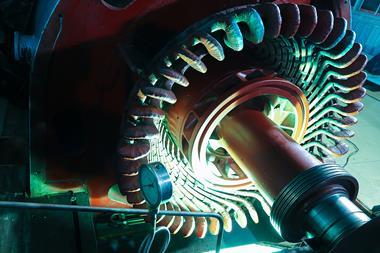A new molecular motor, which is much simpler than many before it, can carry cargo across a surface without missteps or changes in direction. The simple motor avoids the complex synthesis associated with other molecular machines and, according to the researchers who created it, could inspire future nanosystems that could remove contaminants from surfaces, aid the construction of larger nanostructures or transport catalytically active species to specific locations.

The new molecular motor was developed by researchers from Austria and the UK, with the project led by University of Graz nanoscientist Leonhard Grill. In 2017, Grill’s team were declared the winners of the world’s first nanocar race.
The team’s latest design is based on a simple aminotroponimine molecule, which can be propelled in one direction along a copper surface. Key to the molecule’s motion is a tautomerisation reaction, involving an intramolecular proton transfer between neighbouring nitrogen atoms, which takes place when a voltage is applied from the tip of a scanning tunnelling microscope. The researchers showed how the motor could transport a carbon monoxide molecule – demonstrating its ability to carry out meaningful work.
Unlike many other molecular motors that will often move backwards or in another direction after every few steps, the new system was shown to take 1000 steps without a single change in direction or backwards step. The motor’s top speed is on the order of 1µm per hour.
References
G J Simpson, M Persson and L Grill, Nature, 2023, DOI: 10.1038/s41586-023-06384-y

















No comments yet